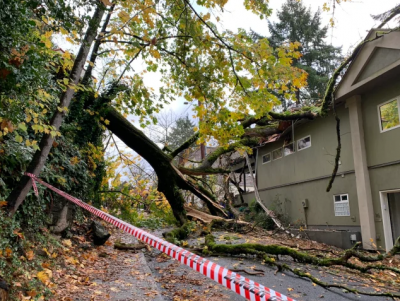- Neighborhoods
-
Community
-
- Overview History Vision Newsroom News Releases Pilot Newsletter Media Contact Projects Volunteer
- Engage Milwaukie Events City Calendar Recreation Biking in Milwaukie Parks and Trails Directory North Clackamas Parks and Recreation Reserve a Room Library
- Schools North Clackamas School District MHS Student of the Month Public Safety Police Clackamas Fire District #1 Code Compliance Emergency Preparedness Emergency Notifications Garbage & Recycling
-
- Business
- Departments
-
Useful Links
-
- Jobs Alerts & Notifications Email Subscriptions Emergency Notifications Meetings City Services A-Z Mapping & GIS
- Contact the City Staff Directory Request a Public Record Report a Code Violation Report a Pothole Report Misconduct Schedule an Inspection Documents & Forms Documents and Reports Forms, Permits, and Applications
- Helpful Links Digital Archives Library Catalog Municipal Code Purchase a Parking Permit Paperless Billing Pay a Ticket or Utility Bill Urban Forest
-
Tree Emergencies and Retroactive Permits
Hazard tree emergencies can occur at any time and may require immediate action from the homeowner or city staff. Ensure that the situation is truly an emergency before starting any tree work.
In the event of a tree emergency impacting city right-of-way, please call the Milwaukie Public Works line at: 503.786.7600
What is an immediate hazard?
Generally, an immediate hazard is when a tree suddenly starts uprooting or splitting where the main branches connect to the trunk. Large broken limbs overhanging public property or city right-of-way can also be considered immediate hazards.
If there is time to go through the normal timeline of the tree permit process, it is not an immediate hazard. For example, dead trees are often not an immediate hazard. Immediate implies imminent!
What is considered a tree emergency?
- A tree has fallen over
- A large branch has fallen and is blocking a street, sidewalk, or public park
- A tree is actively splitting
- A large branch is hanging from a tree over a sidewalk, street, or other public property
- Any other immediate hazard situation
What is not considered a tree emergency?
- A dead tree that is not actively falling, splitting or dropping large limbs
- Tree roots uplifting sidewalks
Will city staff respond to a tree emergency?
Staff will only respond to tree emergencies that are directly impacting the city ROW, such as hanging and fallen tree limbs over/on sidewalks and streets. Staff will not respond to tree emergencies that are on private property, unless the hazard is/will be impacting the city ROW.
Retroactive tree permits
If a hazard tree is causing a clear and present danger to nearby infrastructure or people and there is insufficient time to obtain a tree permit, the hazardous portion of the tree may be removed without first obtaining an approved tree permit. A retroactive permit will be required.
- Retroactive tree permits must be applied for within 7 days after doing any emergency tree work on a regulated private or public property tree
- The scope of the work must be proportional to the immediate hazard or risk
- For example, if pruning a limb removes the immediate hazard, only a pruning permit would be approved. A removal permit would not be approved if pruning could resolve the emergency
- Photographic evidence of the danger to a structure or the public must be provided along with the retroactive pruning/removal permit application
Questions? Contact the Urban Forest Department at urbanforest@milwaukieoregon.gov or 503.786.7655


